How to Clean Floor Tile Grout Like a Pro: 5 Expert Tips
It can be annoying: The grout between tiles on your floor remains dingy no matter how hard and often you scrub. In fact, the more you polish, the more the shiny tiles seem to highlight the grimy grout.
It’s not a sign of poor cleaning. The solution to cleaning tile grout really boils down to a little bit of chemistry, often using just safe household items.
But before you get down to more scrubbing you should understand the type of grout you’re dealing with:
1. Types of Grout: Know What You're Cleaning
Sanded grout is often used for wide grout lines. The sand provides bulk, making it ideal for ceramic, porcelain and natural stone tiles where a rustic look or larger joint is desired.
Unsanded grout is used for thinner joints or highly polished tiles.
Epoxy grout fights stains, chemicals and moisture, making it an excellent choice for busy areas, bathrooms and shower floors.
Understanding your grout is the first step toward understanding the solution, whether it is bathroom floor tiles or a kitchen floor.
For sanded grout, a paste made of baking soda and water helps deep clean. For tougher stains, consider a hydrogen peroxide and baking soda paste.
For unsanded grout, diluted white vinegar can clean and sanitize. Steam cleaning is also a great chemical-free option.
For epoxy grout, simple warm water with a few drops of dish soap is usually enough for routine cleaning. For any remaining haze or stubborn post-installation residue, a specialized epoxy grout cleaner might be the answer.
Of course you need to be armed with the right tools and cleaners. Most are readily available in your home. You can round out the list in a DYI store or online:
2. Must-Have Grout Cleaning Supplies and Tools
Item
Description
Grout cleaner
For tough stains and deeply embedded dirt
Grout brush
Stiff, narrow bristles to scrub grime
Bucket
For cleaning solutions and rinse water
Microfiber cloth or sponge
Highly absorbent for wiping and drying
Rubber gloves
Protect your hands from solutions and dirt
Wet dry vacuum
Hot water cleaning and extraction
Homemade grout cleaner can include vinegar, baking soda or hydrogen peroxide to provide safe, chemical-free cleaning.
Pro-tip A big help is a wet dry vacuum that can break apart stubborn stains, then rinse and dry afterward. The Dreame H15 Pro Heat Wet Dry Vacuum gives tiles wash at 185°F (85°C), then sucks up the loosened dirt, debris and stains.
Now it’s time to get down to the nitty-gritty. A little more prep and you’re ready to go!
3. How to Clean Grout in Floor Tiles
Bathroom and kitchen grout can differ because of their varied requirements. Epoxy grout is often used in the bathroom due to its water resistance, while the kitchen might have sanded grout because of the larger gaps between tiles used to give a certain look.
Depending on the type and size of the room, steam cleaning could be the preferred solution.
Hand cleaning techniques use chemical-free household ingredients while an advanced wet-dry vacuum aids in both preparation and finishing the process.
Here is a step-by-step guide to how to clean grout between tiles.
Prepare the surface: Use a wet dry vacuum to remove loose dirt and debris.
Make a baking soda paste: Mix baking soda with a little warm water to create a thick paste.
Apply the baking soda paste: Using your finger or a spoon, apply the baking soda paste directly onto the grout lines.
Prepare the vinegar solution: In a spray bottle, mix equal parts white vinegar and warm water.
Spray the vinegar: Spray the vinegar solution directly onto the baking soda paste on the grout. You'll notice a fizzing reaction.
Let it sit: Allow the mixture to sit on the grout for up to 20 minutes.
Scrub the grout: Using a stiff-bristled brush, scrub the grout lines in a circular motion. Some people use an old toothbrush while others buy a purpose-made brush.Once the brush is in hand, apply firm pressure to work the paste into the grout and loosen embedded dirt. For stubborn stains, you might need to apply more elbow grease.
Note: Some users have found that the Dreame H15 Pro Heat Wet Dry Vacuum alone was effective at cleaning the grout and removing grout haze without scrubbing.
Once the grout is clean you want to keep it that way. A sealant will help prevent grimy buildup.
Quick Guide to Cleaning Tile Grout
Method
Best for
Pros
Cons
Baking soda + vinegar paste
Cement-based grout
Inexpensive, natural
Requires scrubbing
Steam cleaning
Epoxy or sensitive grout
Chemical-free, less manual
Need equipment
Wet dry vacuum
All floor grout
Hot water deep clean, dries fast
More costly upfront
4. Why You Need to Seal Grout
You need to seal grout to protect it from stains, moisture and future discoloration. Without a sealant, grout absorbs water and dirt easily, leading to mold, mildew, and stubborn stains over time. After the hard work of getting those grout lines back shiny as new, it is a good idea to apply some sealant. How often it’s applied and the type of sealant can vary according the room’s use.
Main bathrooms, kitchen floors, entryways and high-moisture areas such as showers should be sealed more often. Recommendations range from every six months to one year.
Low-traffic areas like guest bathrooms and laundry rooms might only need sealing every one to two years or even longer.
Different sealants for different floors
The primary sealant types are penetrating sealers and membrane-forming sealers.
Penetrating sealers, also known as impregnators, are highly recommended because s they absorb into cement-based grout, forming an invisible, breathable barrier that repels water and stains without changing the grout's appearance.
Membrane-forming or topical sealers for high-moisture areas create a surface coating that can give a specific finish.
For most common cement-based grouts in wet environments, a penetrating sealer provides the best protection.
Now establish a routine that stops daily buildup.
5. Prevent Buildup on Grout
To prevent future grout discoloration and haze, robot vacuum and mop combinations such as the Dreame L40 Ultra Robot Vacuum are excellent for maintaining tile floors, keeping them dust- and spill-free with minimal effort.
These ingenious devices first vacuum up loose dirt then seamlessly transition to mopping using water and often a cleaning solution. This dual functionality ensures complete cleaning, preventing daily buildup of grime in busy areas like kitchens and bathrooms.
Many models feature smart mapping and navigation, allowing them to efficiently cover entire rooms, avoid obstacles, and even return to a self-emptying and self-cleaning base, providing a truly hands-off approach to consistent floor hygiene and pristine lines of grout between tiles in the kitchen and bathroom.
A routine of using a wet dry vacuum to keep surfaces clean is also recommended to deter dirt from settling in the grout between tiles.
You are certainly not alone if you have trouble cleaning the grout between tiles on your floor. It's a challenge in almost every home. Frequently asked questions include:
F.A.Q
What is the best way to clean grout on tile floors?
The best way to clean grout on tile floors is to use a stiff brush with the right cleaning solution such as a paste of baking soda or hydrogen peroxide. For an effective and chemical-free deep clean, a wet dry vacuum cleaner is highly recommended because it uses hot water to loosen embedded dirt and grime.
How often should I clean my tile grout?
You should deep clean your tile grout at least once a year. However, in high-traffic areas, kitchens and bathrooms, more frequent deep cleaning might be necessary, perhaps two or more times a year.
How do professionals clean tile grout?
Professionals clean tile grout by first applying specialized pre-treatment solutions to loosen embedded dirt and grime. They then use equipment such as high-pressure hot water extractors or rotary scrubbing machines with specialized brushes to thoroughly clean and rinse the grout lines, often following up with a sealant to protect the newly cleaned surface.
How much does grout cleaning cost?
The cost of professional grout cleaning typically ranges from $0.50 to $3.50 per square foot, though many companies have a minimum charge, often between $100 and $200. Factors influencing the final price include the total area to be cleaned, the condition of the grout, the type of tile, and whether additional services like sealing or repair are included.
Maintaining the look your tile floor had when new is not a mission impossible. Empowered with more knowledge, a little kitchen chemistry and high-tech help from modern appliances, your floors can again be gleaming—just like when first installed.

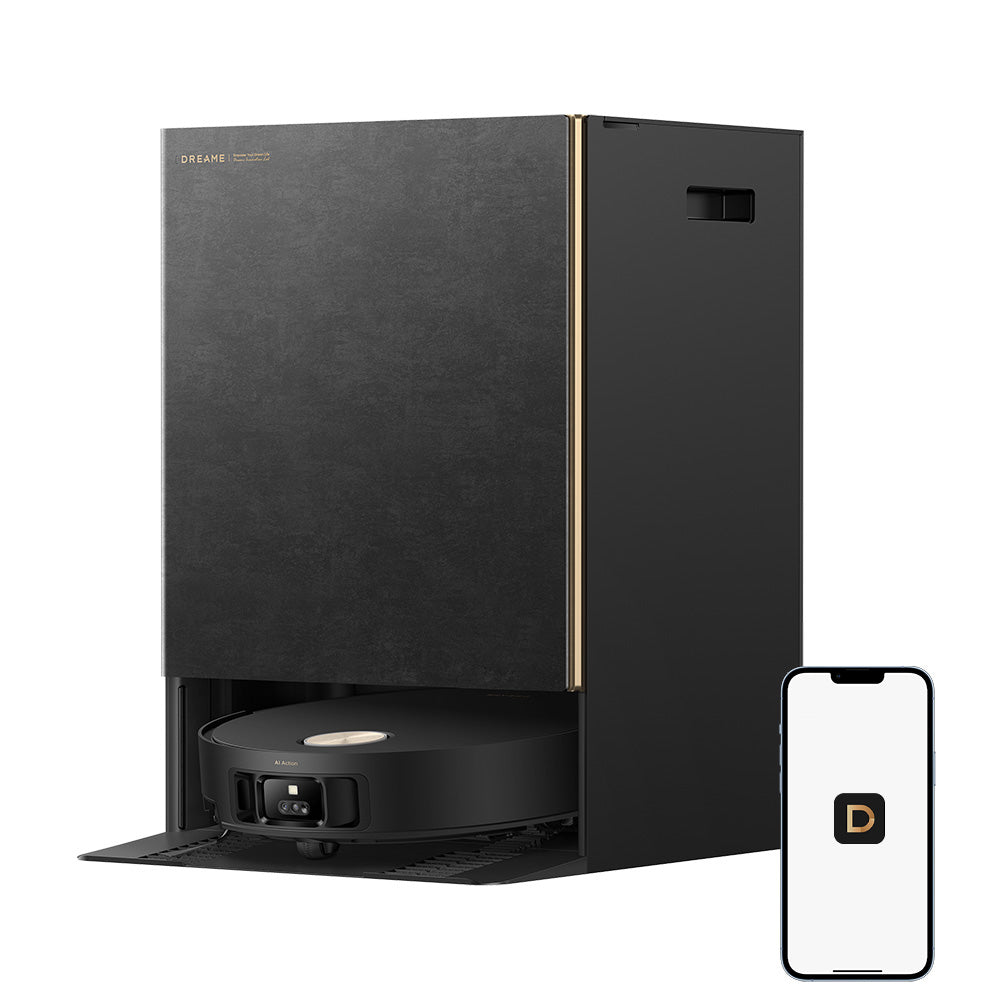
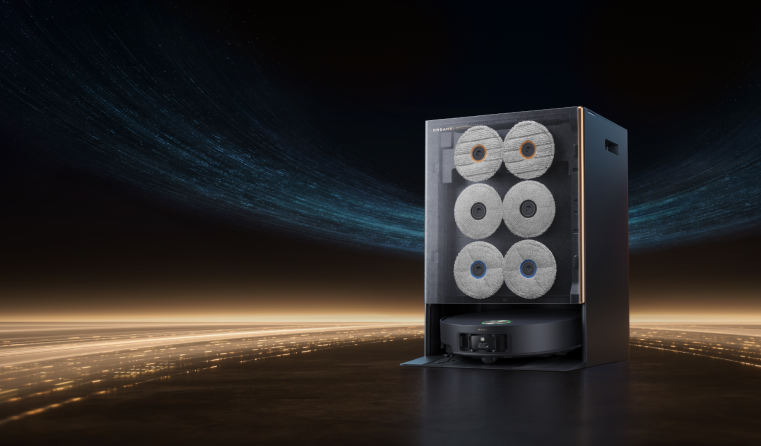
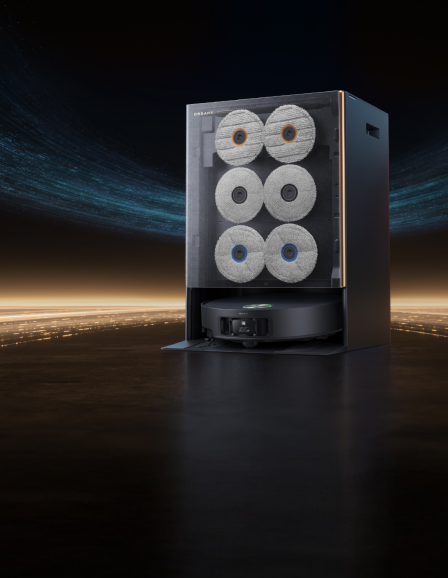
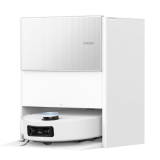
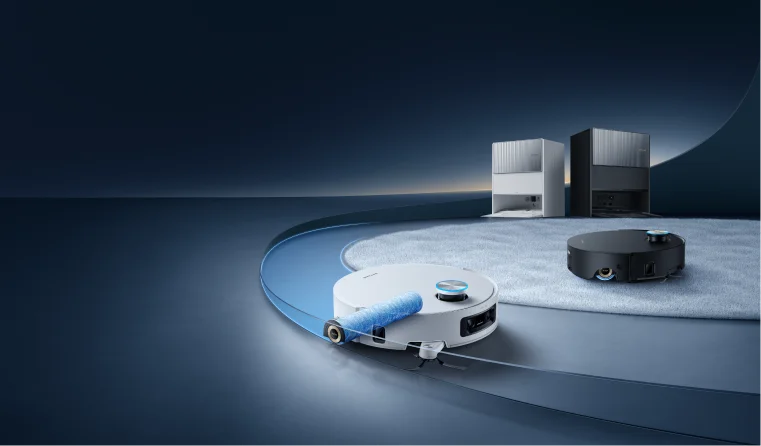
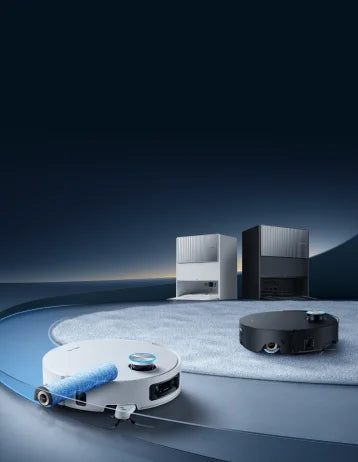
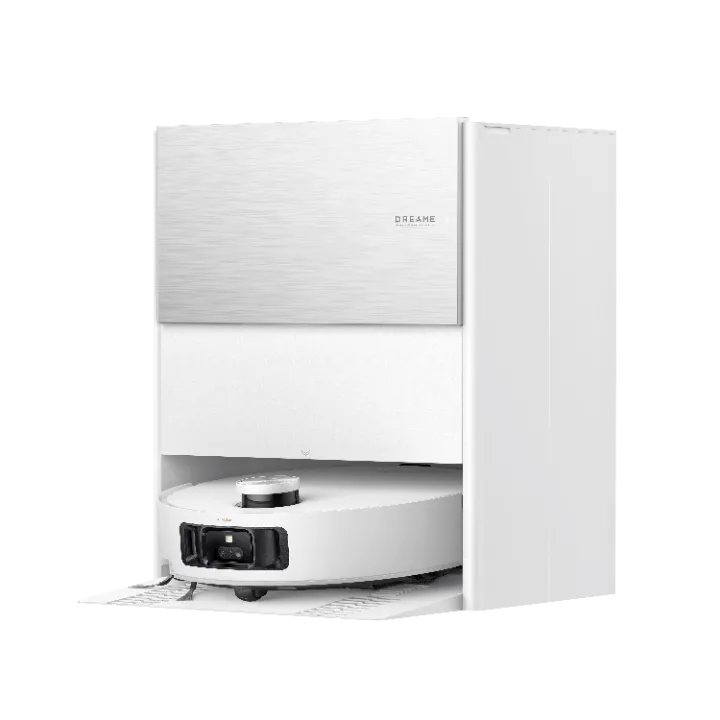
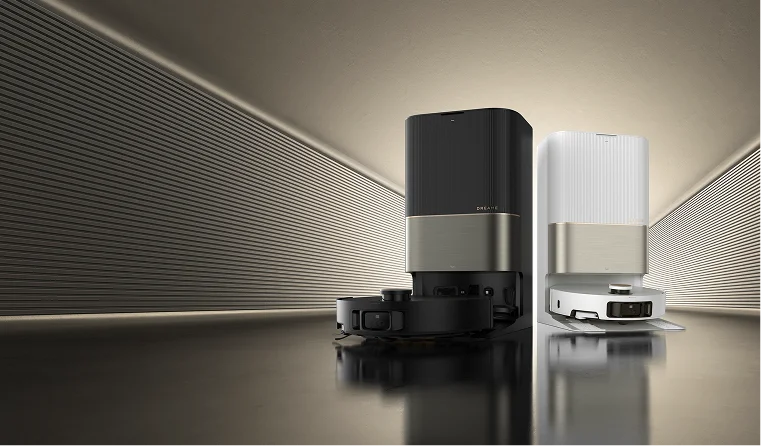
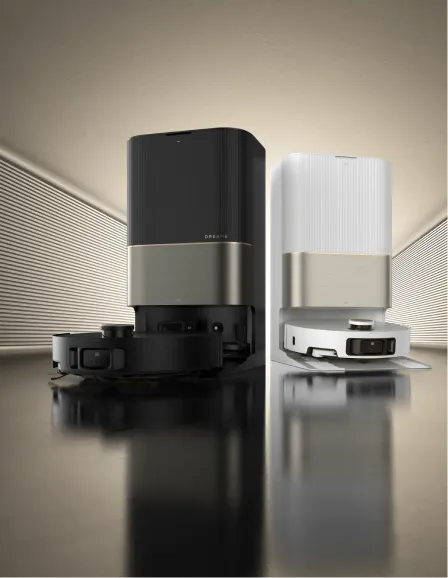
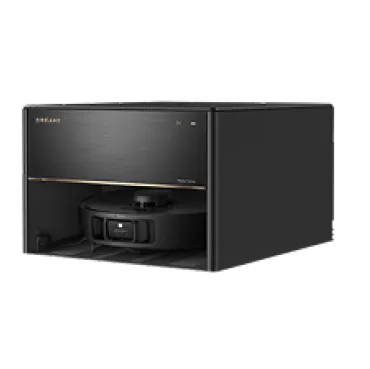
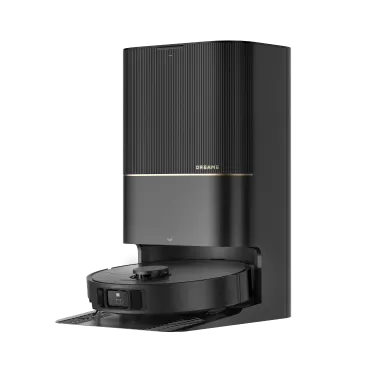
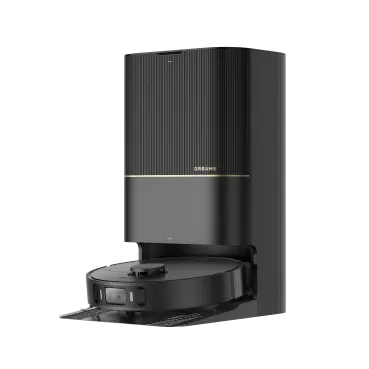
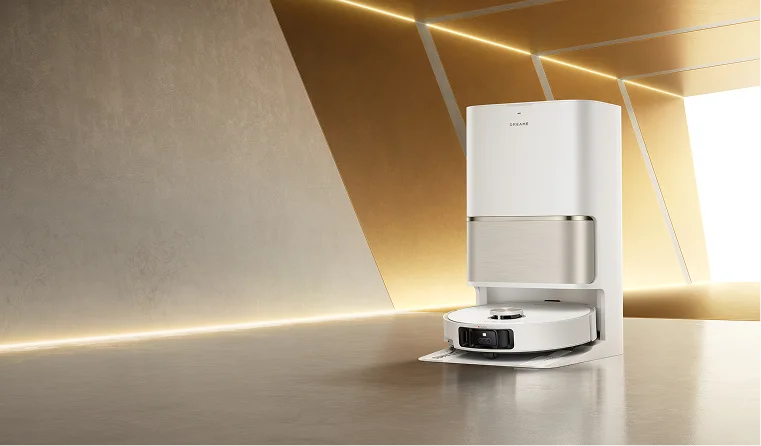
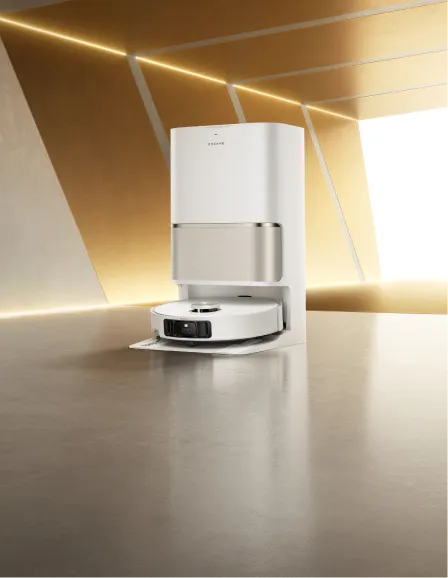
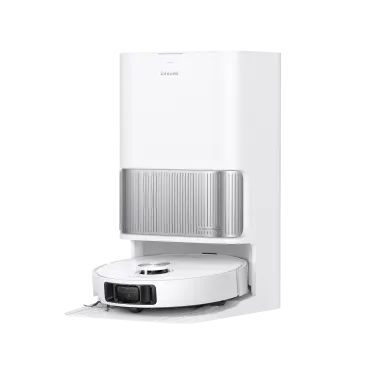
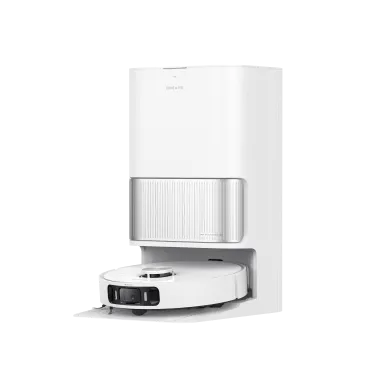
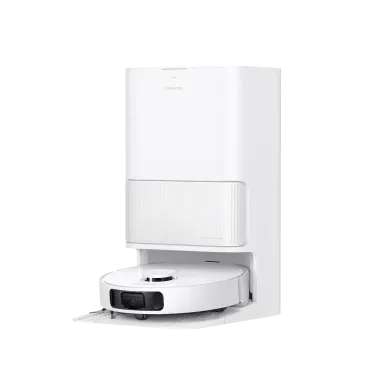
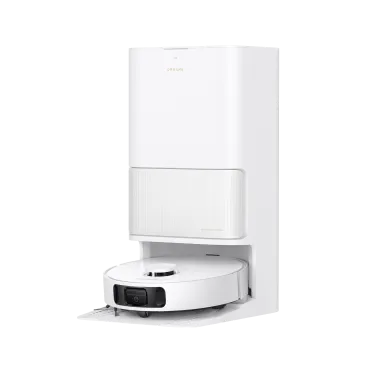
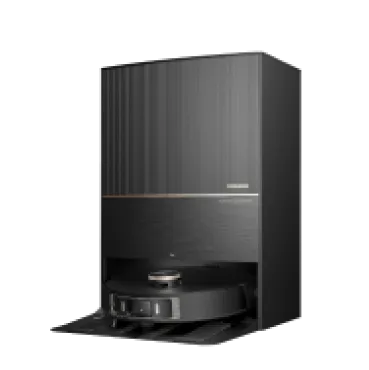
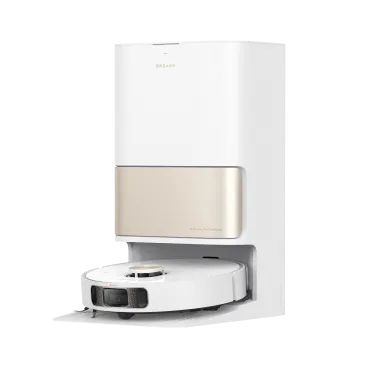
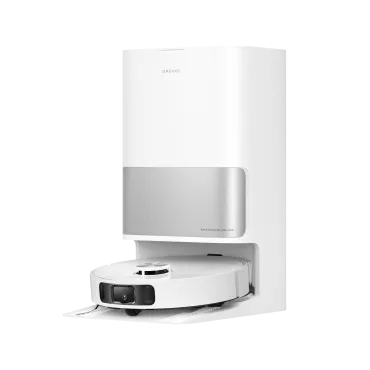
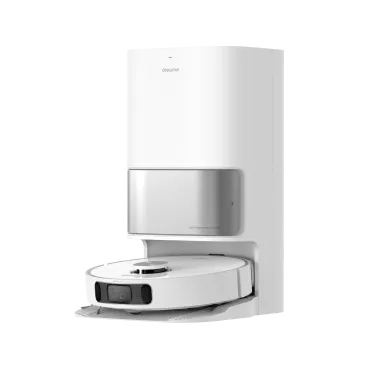
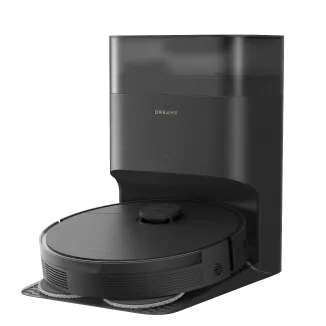
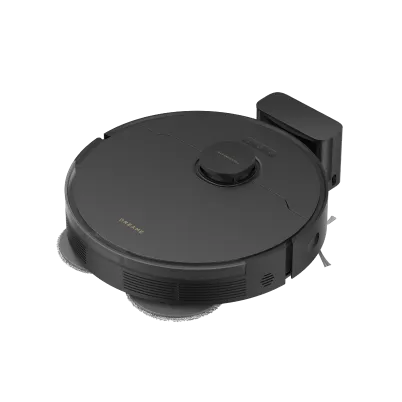
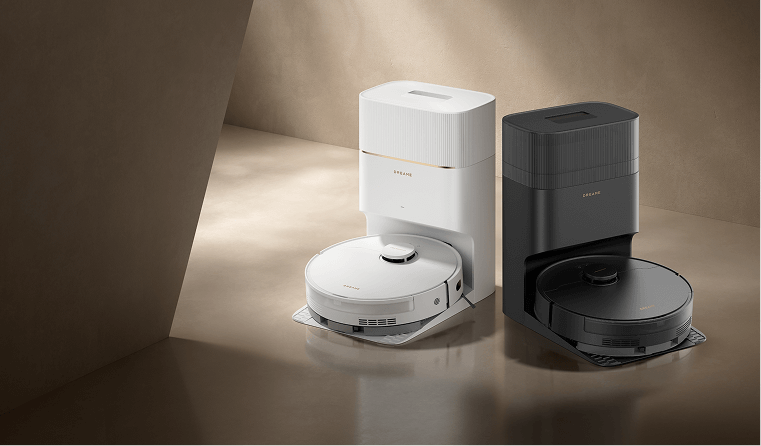
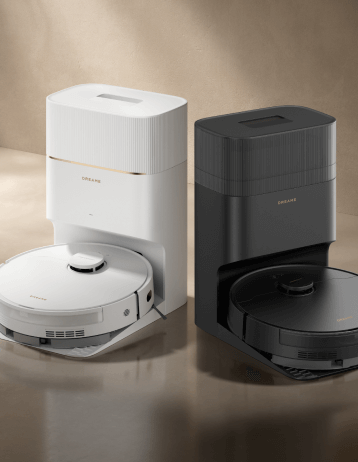
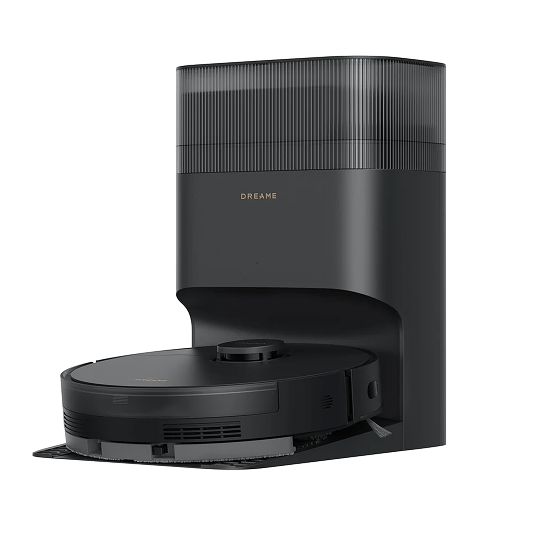
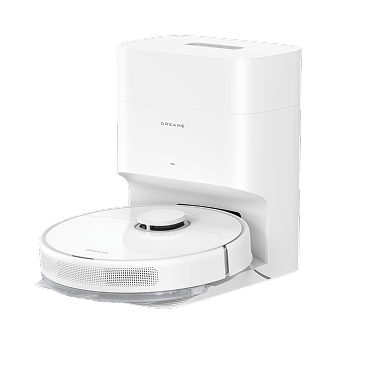
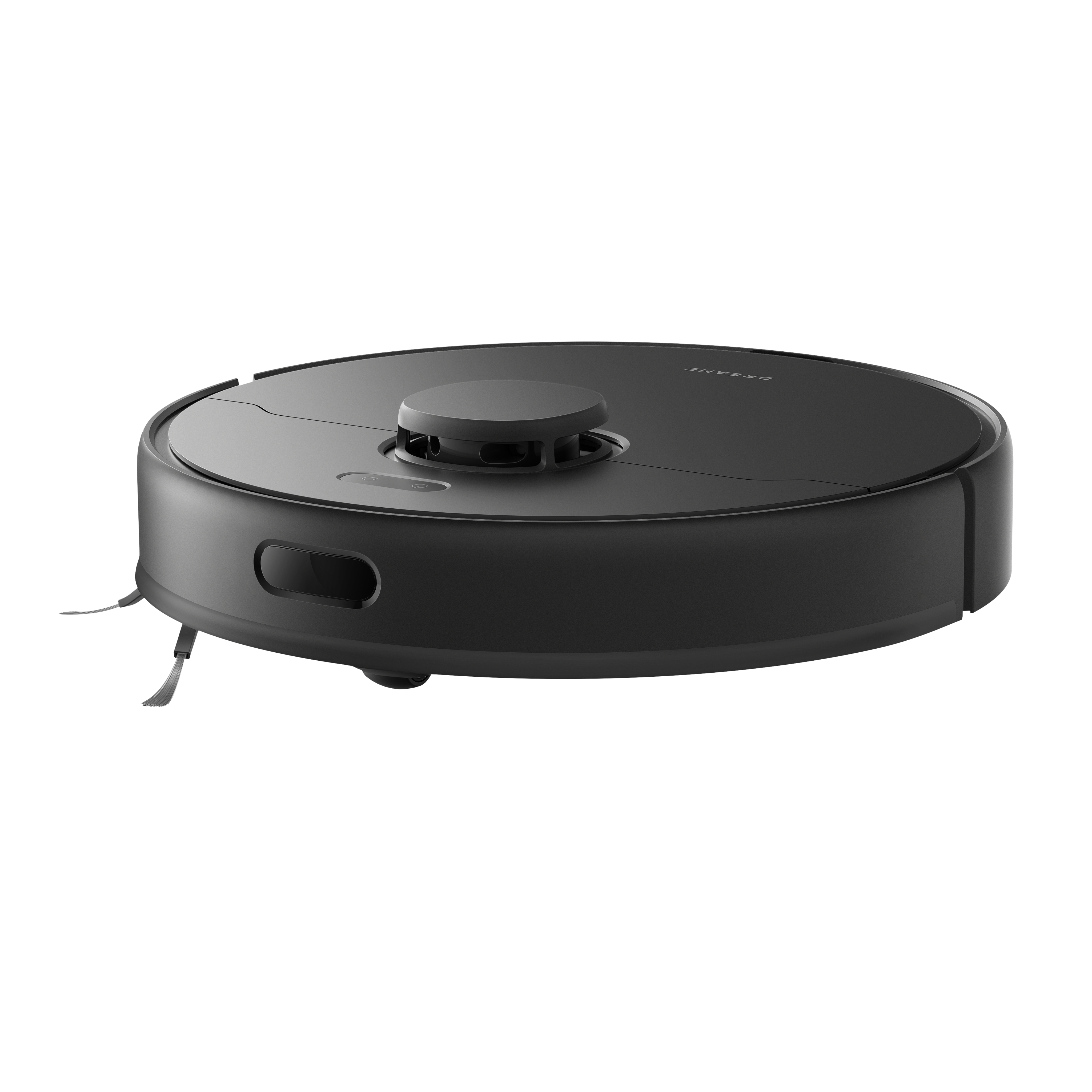
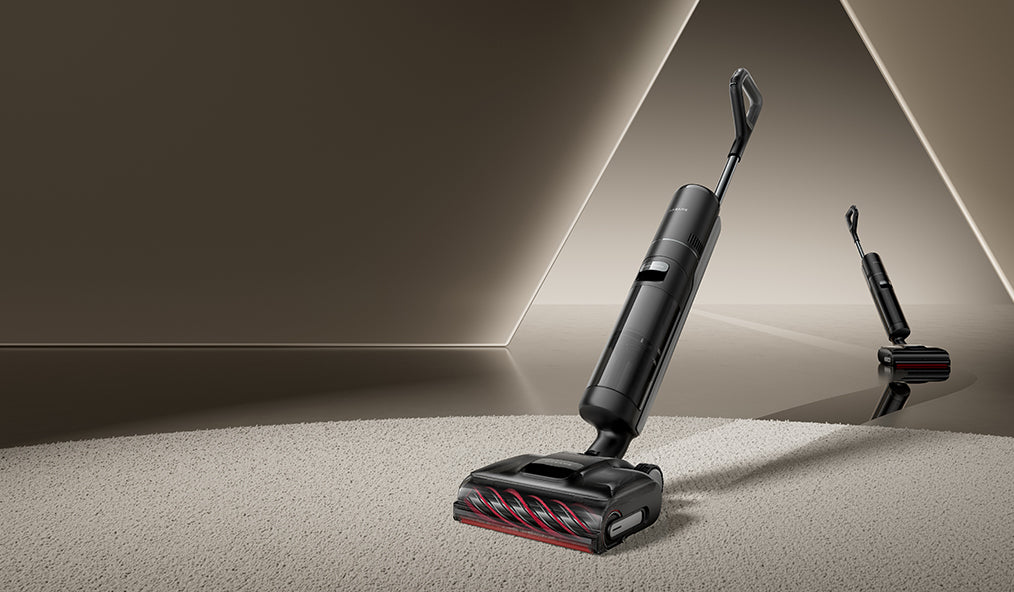
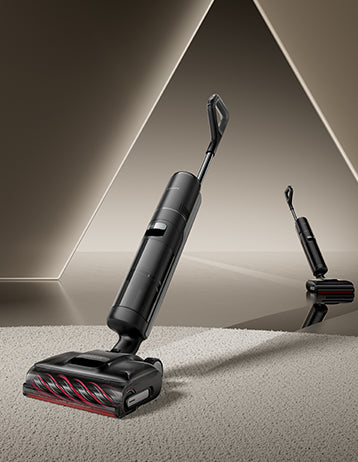
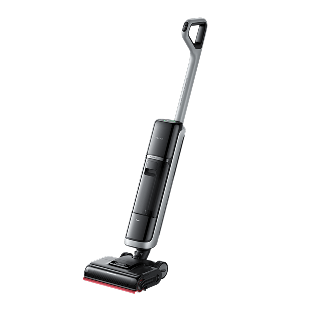
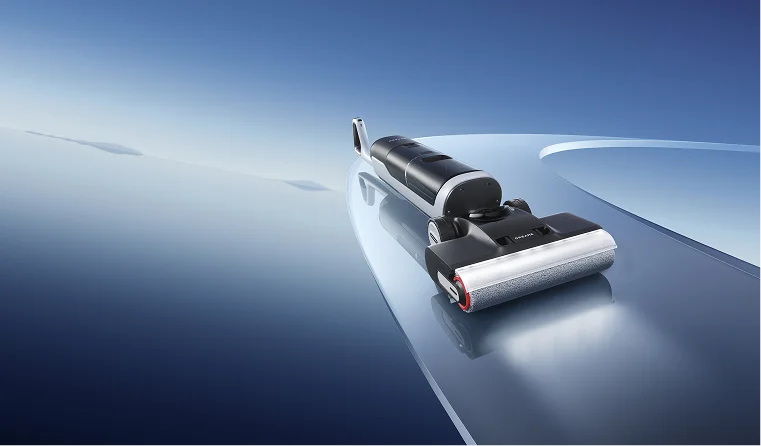
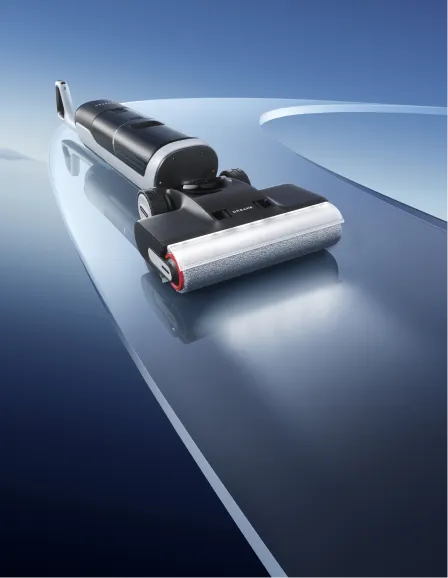
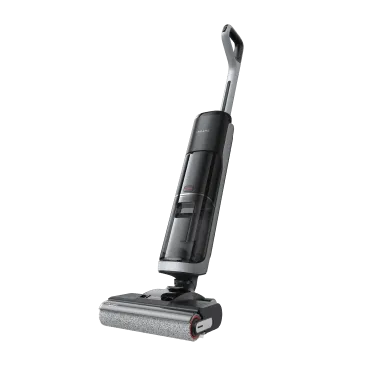
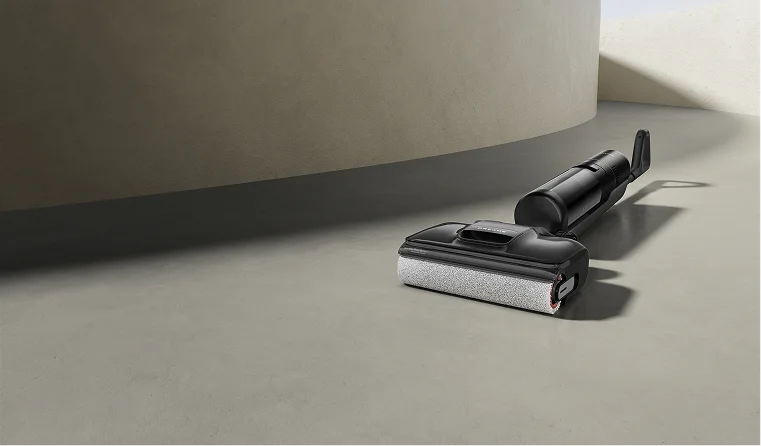
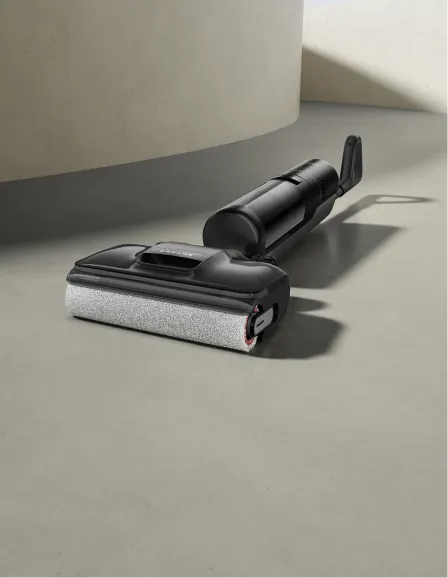
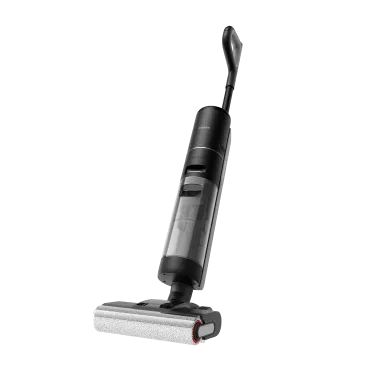
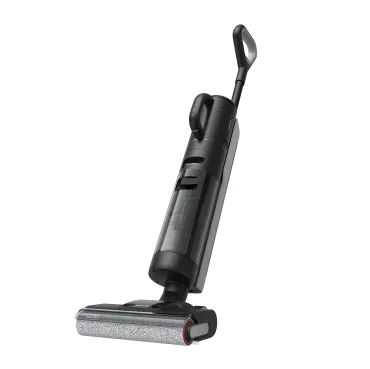
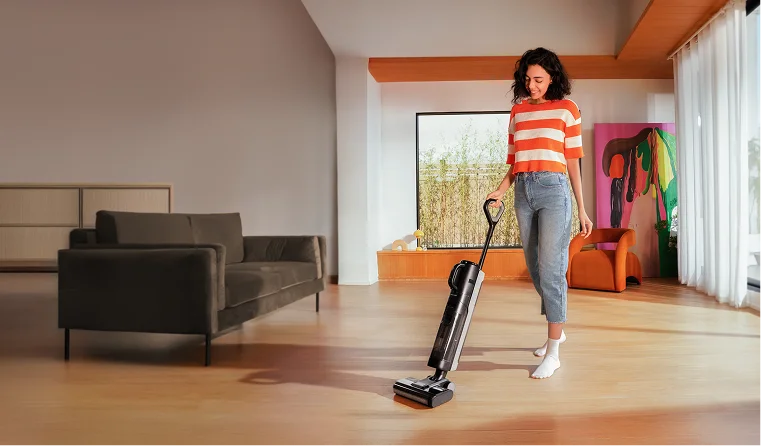
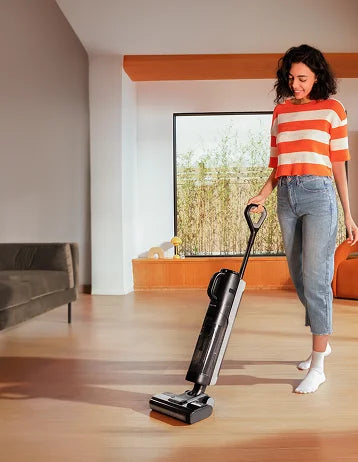
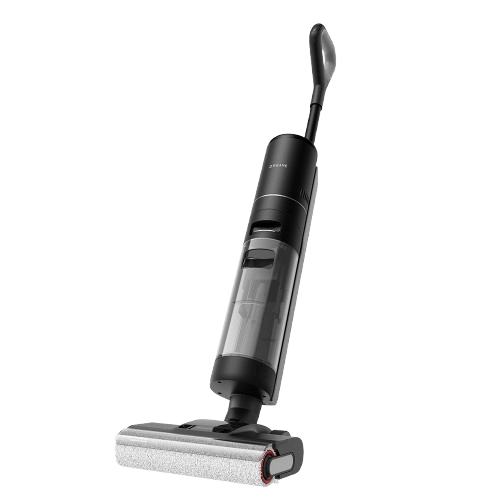
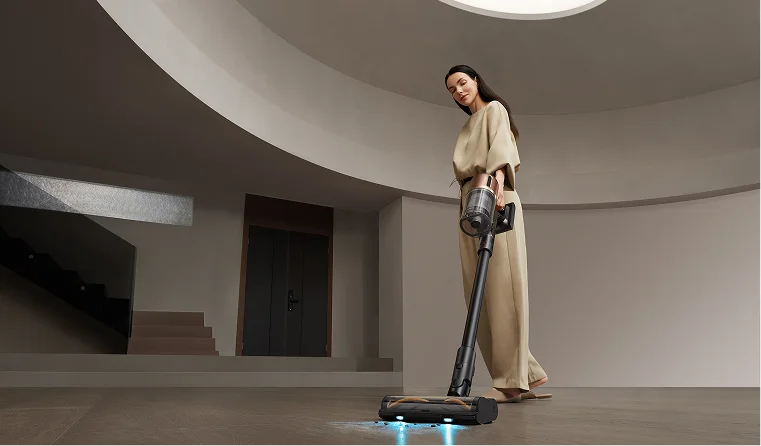
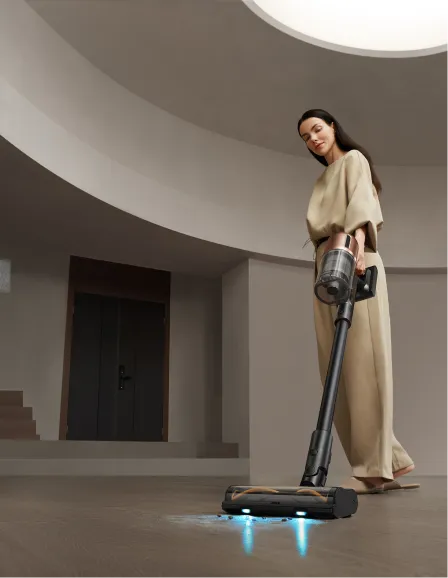
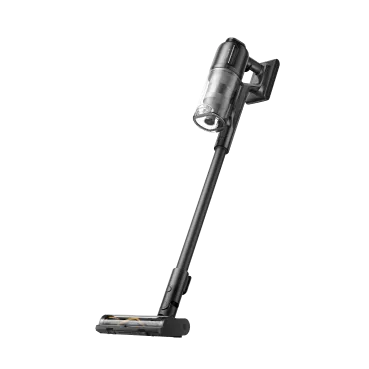
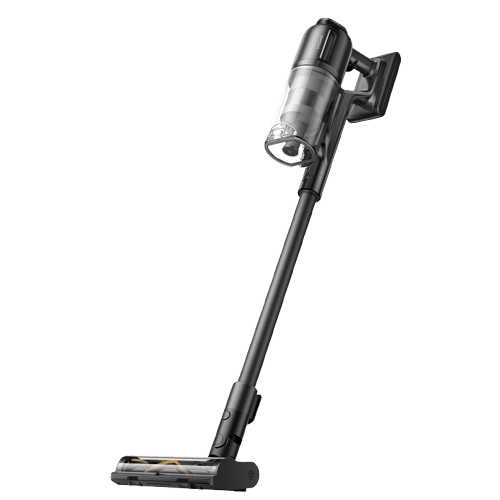
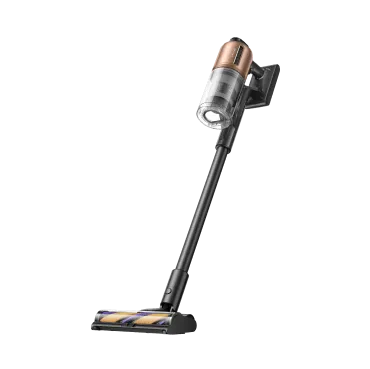
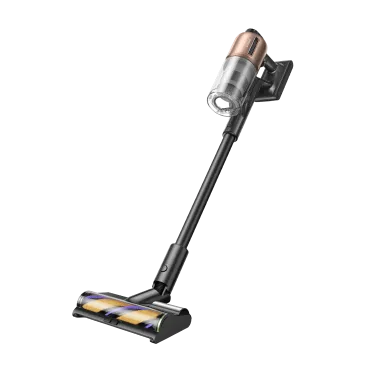
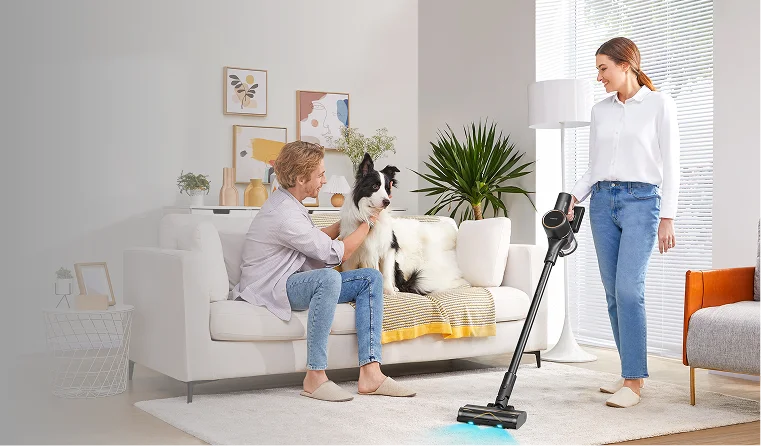
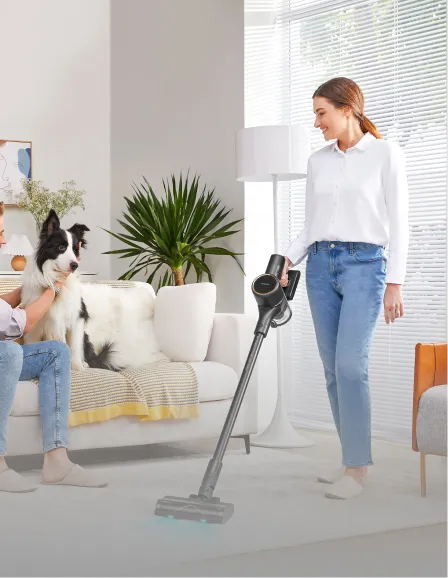
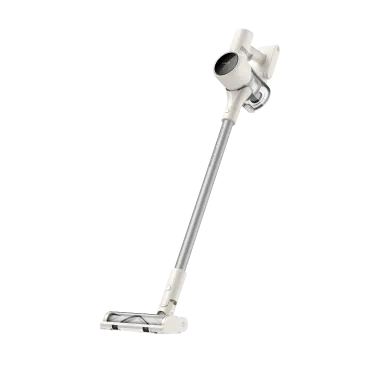
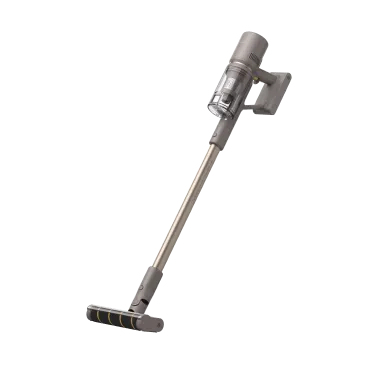
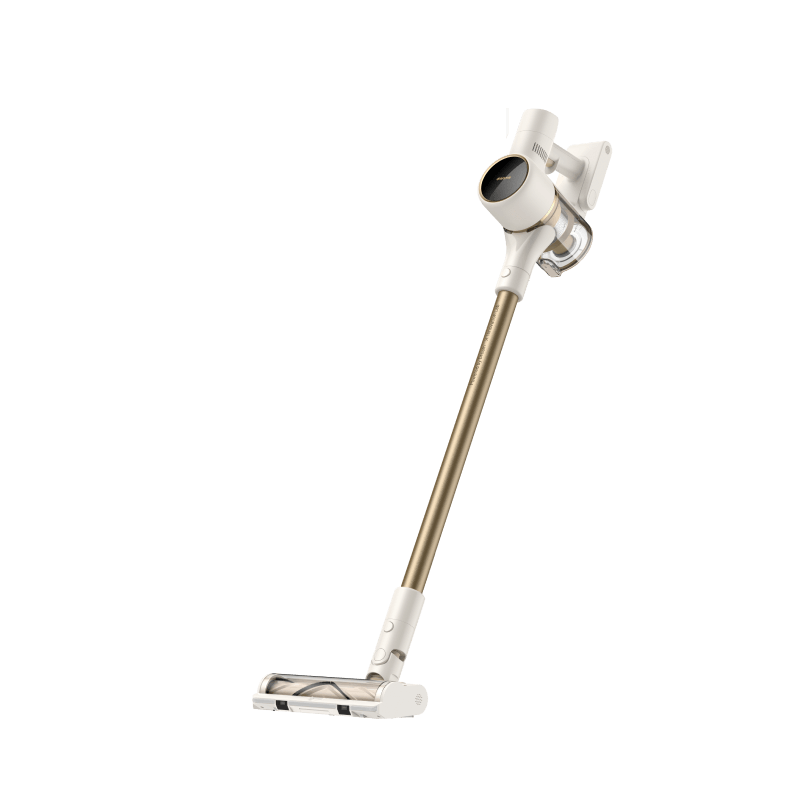
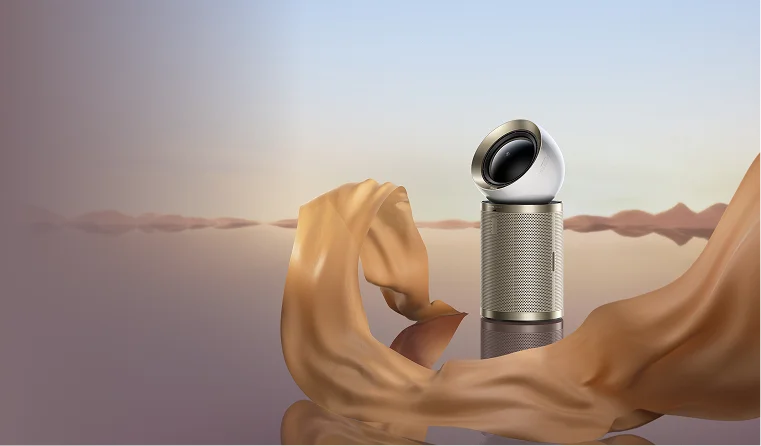
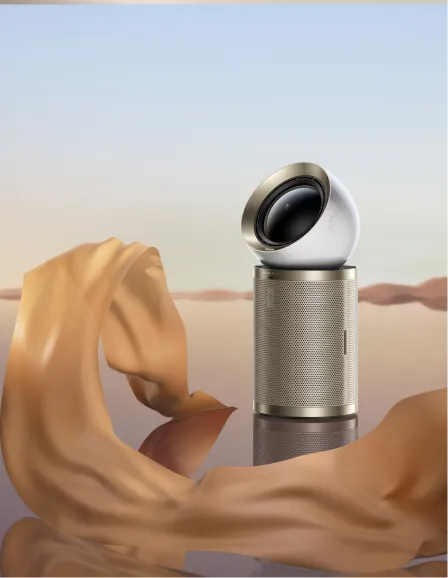
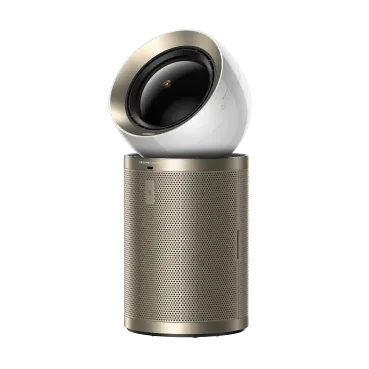
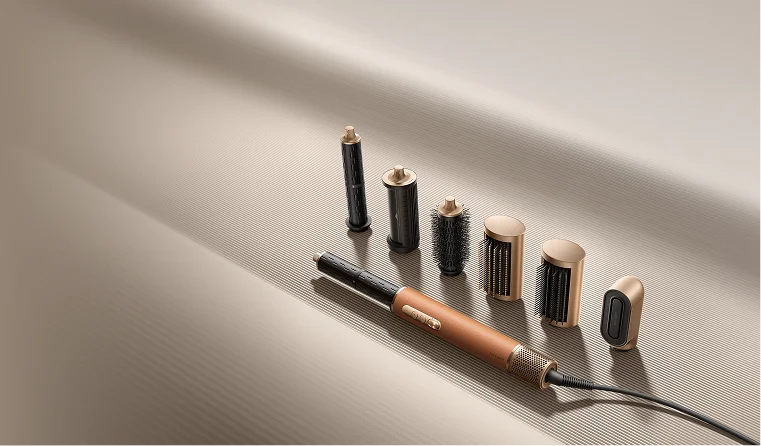
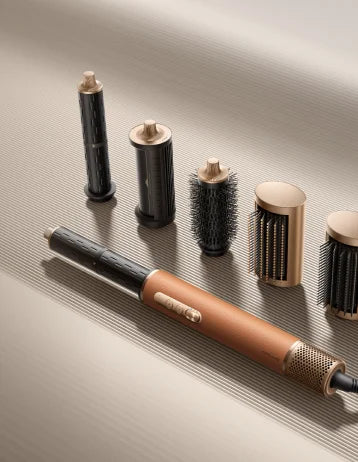
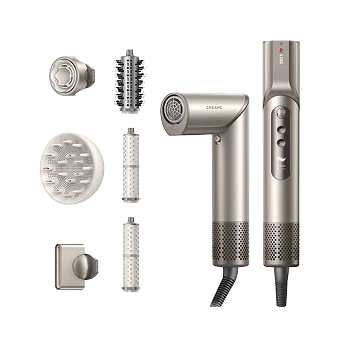



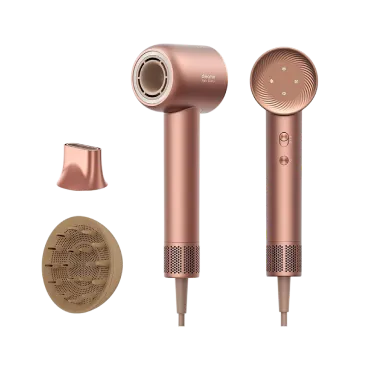
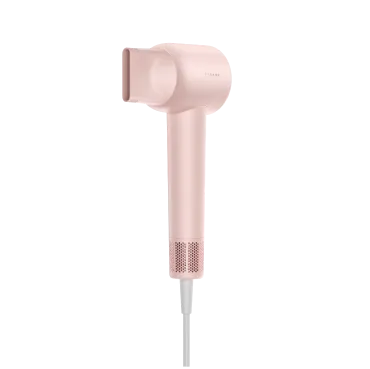
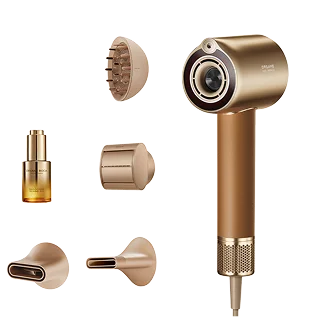


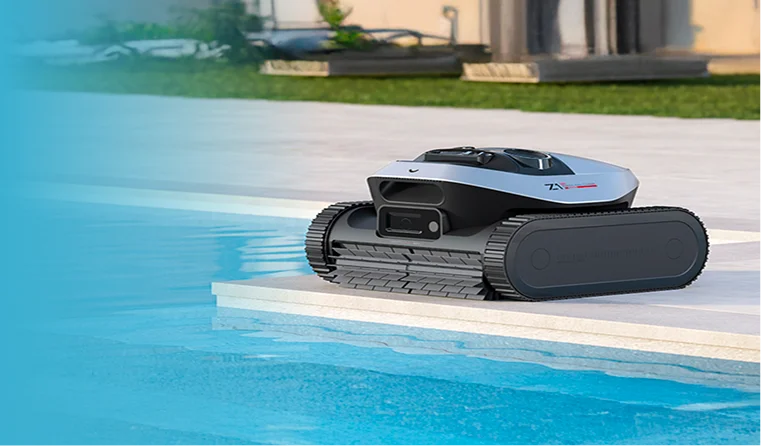
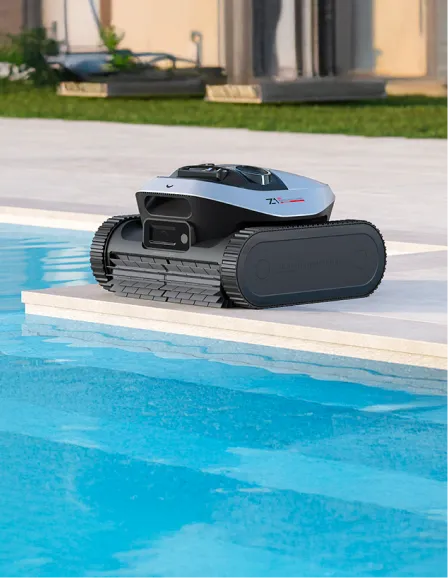
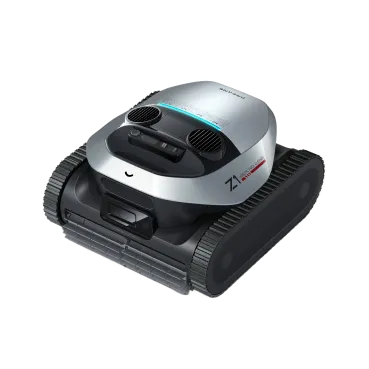
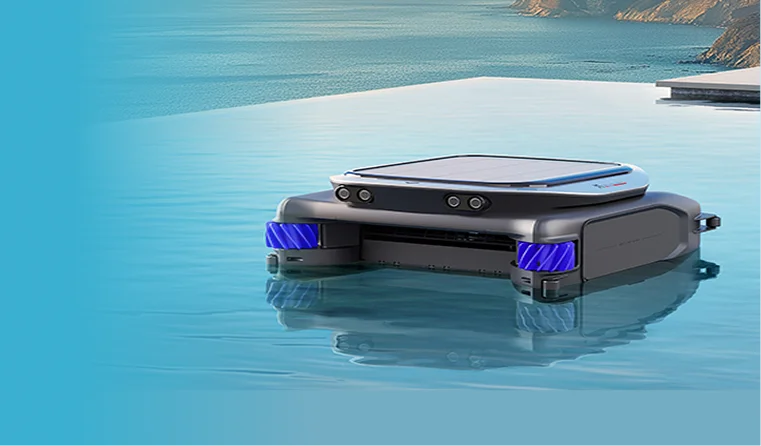
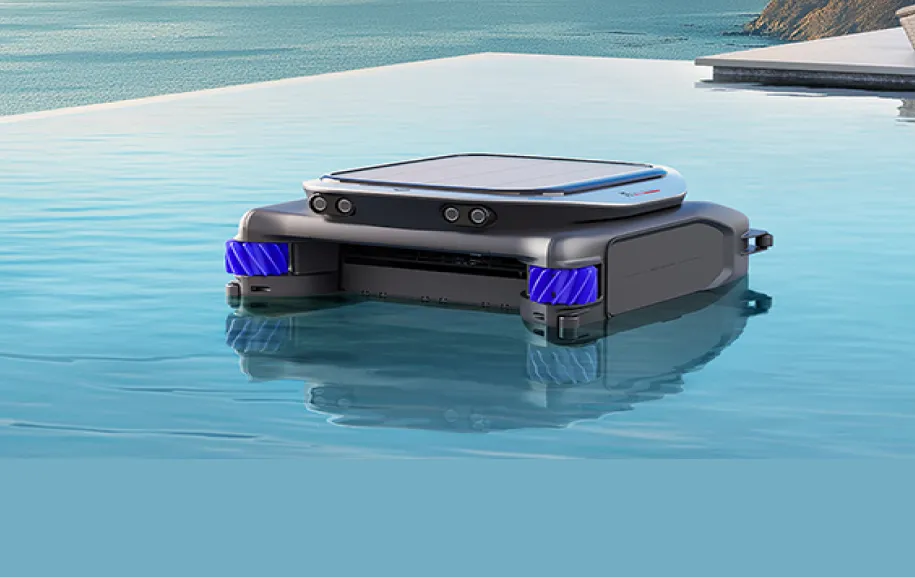










 Australia
Australia 中国大陆
中国大陆 日本
日本


 Türkiye
Türkiye


 Italia
Italia
 Netherlands
Netherlands Belgium
Belgium
 Greece
Greece Polska
Polska
 Norway
Norway
 Sweden
Sweden
 Finland
Finland
 Denmark
Denmark
 Hungary
Hungary Czechia
Czechia
 Slovenia
Slovenia
 Croatia
Croatia
 Switzerland
Switzerland United Kingdom
United Kingdom
 Canada
Canada









